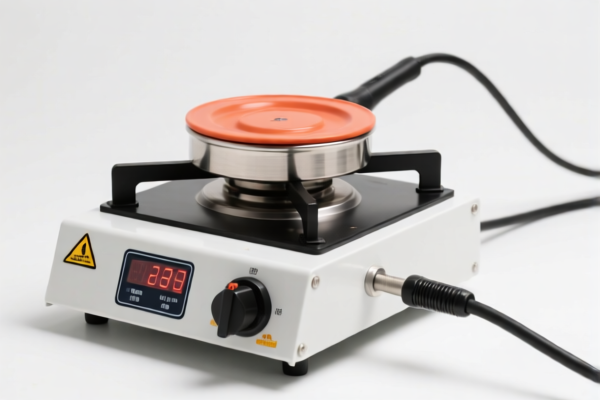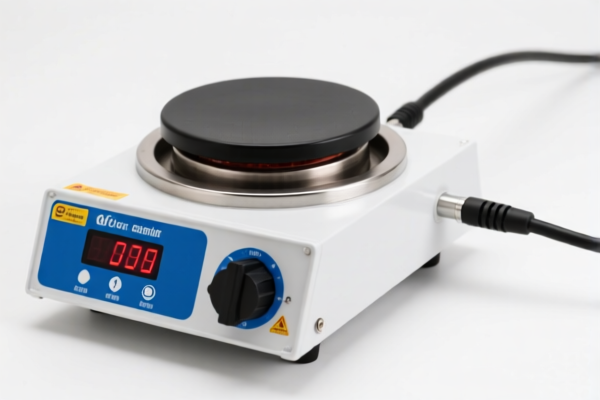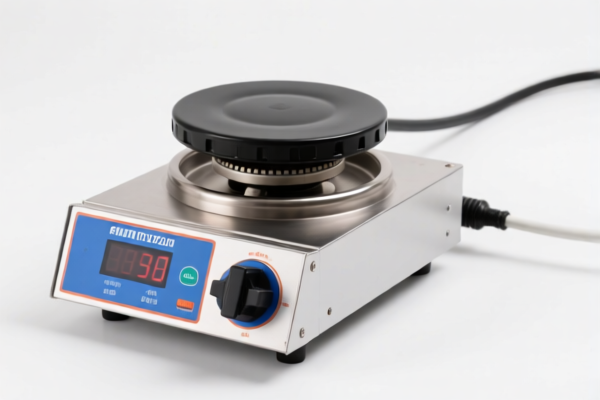| HS Code | Official Doc | Tariff Rate | Origin | Destination | Effective Date |
|---|---|---|---|---|---|
| 8545110010 | Doc | 55.0% | CN | US | 2025-05-12 |
| 8545110050 | Doc | 55.0% | CN | US | 2025-05-12 |




Space Heater
A space heater is a heating device used to warm a small area within a room or building. These devices are generally portable and offer a supplementary heating source, rather than heating an entire structure.
Materials & Components
Space heaters utilize various materials in their construction, with the core heating element being the defining factor. Common materials include:
- Metal: Used for the heater casing, reflectors, and heat sinks. Often steel, aluminum, or alloys.
- Heating Elements:
- Coils (Resistive Heaters): Nickel-chromium alloys (nichrome) are frequently used for their high resistance and ability to generate heat when electricity passes through them.
- Ceramic: Used in ceramic heaters for rapid heating and even heat distribution.
- Infrared Quartz Tubes: Used in infrared heaters to produce radiant heat.
- Fan (in forced-air models): Typically plastic or metal.
- Electronics: Thermostats, timers, safety sensors (overheat protection, tip-over switches), and control boards.
- Plastic: Used for housings, control panels, and non-heat-conducting components.
Purpose & Function
The primary purpose of a space heater is to provide localized warmth. They function by converting electrical energy into heat through one of several methods:
- Convection: Heating the air around the element, which then circulates to warm the room. (Oil-filled radiators, ceramic heaters).
- Radiation: Emitting infrared waves that directly heat objects and people in their path. (Infrared heaters).
- Conduction: Heating surfaces directly through contact. (Less common in portable units).
- Forced-Air: Using a fan to blow air over a heating element, quickly distributing warm air.
Usage Scenarios
Space heaters are employed in a wide range of situations:
- Supplemental Heating: To warm a single room or specific area within a larger, centrally heated space.
- Temporary Heating: In garages, workshops, or during home renovations.
- Personal Comfort: Under desks, in bedrooms, or in other localized areas.
- Emergency Heating: During power outages (electric models require power).
- Outdoor Use: Certain models are designed for limited outdoor use (e.g., construction sites).
Common Types
Several distinct types of space heaters are available, each with its own advantages and disadvantages:
- Ceramic Heaters: Compact, lightweight, and heat up quickly. Often feature adjustable thermostats and safety features. Good for small rooms.
- Oil-Filled Radiators: Provide consistent, radiant heat. Quieter operation but slower to heat up. Good for longer-term heating in a single room.
- Infrared Heaters: Directly heat objects and people. Effective for spot heating but less efficient at warming an entire room.
- Forced-Air Heaters: Rapidly heat a room using a fan. Can be noisy and may dry out the air. Often the most affordable option.
- Micathermic Heaters: Combine radiant and convective heating. Relatively quiet and efficient.
- Propane/Kerosene Heaters: Used in areas without electricity. Require proper ventilation due to combustion byproducts.
The declared goods are space heaters. Based on the provided reference material, the following HS codes are relevant:
- 8545110010: Carbon electrodes, carbon brushes, lamp carbons, battery carbons and other articles of graphite or other carbon, with or without metal, of a kind used for electrical purposes: Electrodes: Of a kind used for furnaces Graphite: Not exceeding 425 mm in diameter. This code applies to carbon electrodes specifically used in furnaces, with a graphite diameter not exceeding 425 mm. While space heaters are electrical devices, this code is specific to furnace applications.
- 8545110050: Carbon electrodes, carbon brushes, lamp carbons, battery carbons and other articles of graphite or other carbon, with or without metal, of a kind used for electrical purposes: Electrodes: Of a kind used for furnaces Other. This code covers carbon electrodes used in furnaces that do not meet the diameter specification of 425 mm or less. Similar to the previous code, this is specific to furnace applications.
According to the provided reference material, the HS code options related to 'space heater' are limited, with only the following 2 found.
It is important to note that both listed HS codes pertain to carbon electrodes used in furnaces. Space heaters utilize different components and technologies; therefore, these codes may not be directly applicable. Further clarification regarding the specific composition and function of the space heater is required to determine the correct HS code.
Customer Reviews
No reviews yet.